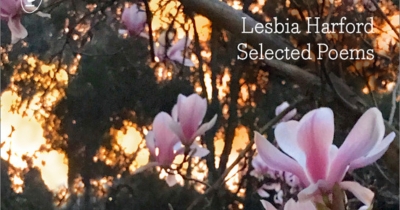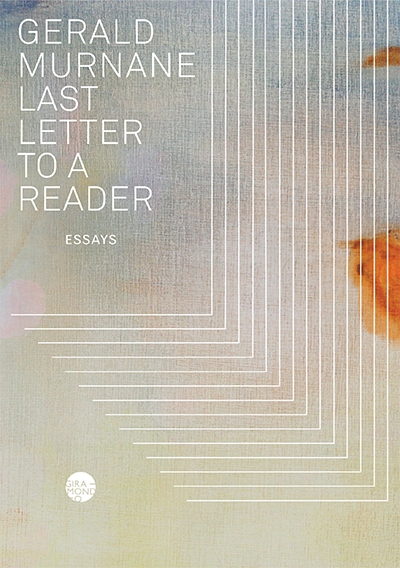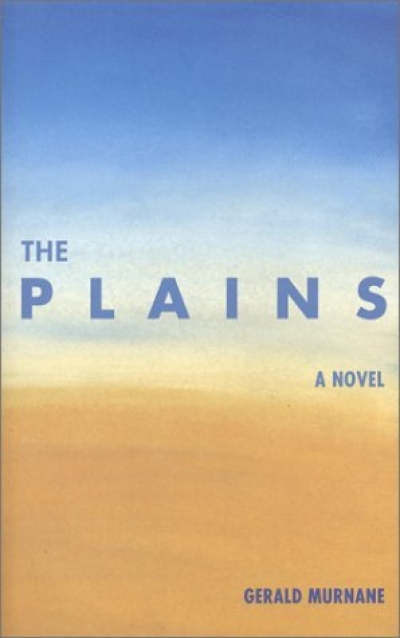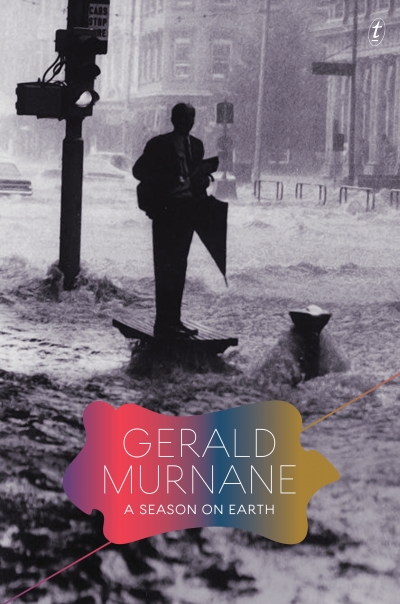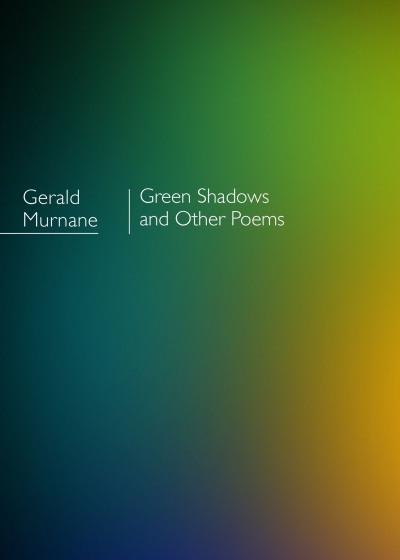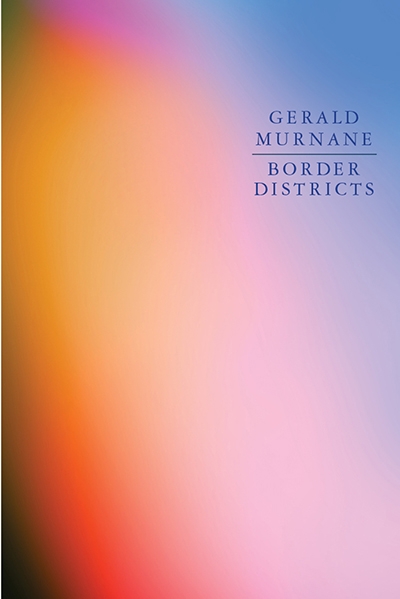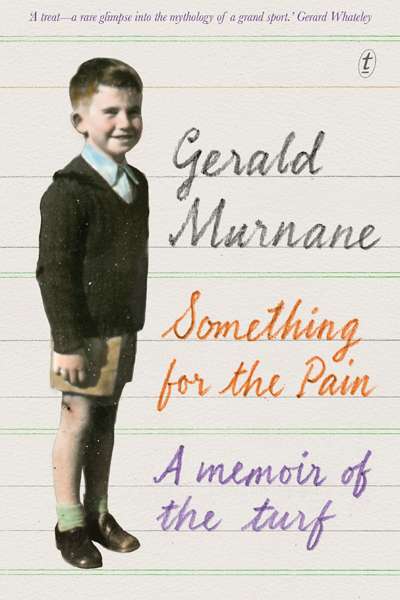Gerald Murnane
In her short life, Lesbia Harford (1891–1927) created a body of poems which have become increasingly important to scholars and poets in understanding both the impact of poetic modernism in Australia and shifting concepts of gender, class, and the tensions between a personal and a collective politics. While Oliver Dennis’s 2014 Collected Poems of Lesbia Harford presents Harford’s full oeuvre, the new Text Classics edition, selected and introduced by Gerald Murnane, brings a sharp and accessible focus on this seminal Australian poet, highlighting her key themes and demonstrating a literary style that straddled worlds: from the formal structures and decorous themes of late nineteenth-century poetry to the challenges to form, voice, and subject matter that characterised the emerging revolutions of literary modernism.
... (read more)Emmett Stinson’s brief critical survey centres on Gerald Murnane’s four major ‘late fictions’, beginning with Barley Patch (Giramondo, 2009) and ending with Border Districts (Giramondo, 2017). It is a timely and illuminating companion to Murnane’s recent fiction and works well as an extension of the first monograph on his work, Imre Salusinszky’s Gerald Murnane (Oxford University Press, 1993). Although the two books have different points of focus, they are slim yet substantial studies, each dealing with a distinct period of Murnane’s literary career, and both are eminently readable.
... (read more)No contemporary Australian writer has higher claims to immortality than Gerald Murnane and none exhibits narrower tonal range. It’s a long time since we encountered the boy with his marbles and his liturgical colours in some Bendigo of the mind’s dreaming in Tamarisk Row (1974). There was the girl who was the embodiment of dreaming in A Lifetime on Clouds (1976). After The Plains (1982) came the high, classic Murnane with his endless talk of landscapes and women and grasslands, like a private language of longing and sorrow and contemplation.
... (read more)The Plains is a book for the critic, not the mere reviewer. It is a strange creature, to be approached with care. Several omens made me cautious. My review copy reached me three months after the date of posting.
... (read more)A Season on Earth is the original version of Gerald Murnane’s second published novel, A Lifetime on Clouds, which appeared in 1976. The story behind this book’s publication is now well known, thanks to interviews Murnane has given and the author’s ‘foreword’ to this edition, where he relates how he reluctantly cut his ...
... (read more)There has been a long and often troubled history of poets writing novels and novelists writing poetry. The skills needed are very different and equally hard to learn. Few writers have made equal careers in both. If they do, it’s usually the novels that receive most attention ...
... (read more)There is a whiff of mythology about Gerald Murnane. He is quietly infamous for who he isn’t: for the things he’s never done (travel by aeroplane); the things he’ll never do (live outside of Victoria, wear sunglasses); the things he’ll never do again (watch movies or a Shakespeare play); the books he won’t read (contemporary fiction); the books he won’t write ...
... (read more)CHILDHOOD SEX!
Dear Editor,
Shannon Burns’s splendid ABR Patrons’ Fellowship essay, ‘The Scientist of His Own Experience: A Profile of Gerard Murnane’, is rich in insights and pithy observations, plus some rather fine photographs (August ...
Something for the Pain: A memoir of the turf by Gerald Murnane
Narrators in Gerald Murnane’s novels and stories have occasionally scorned autobiography. Near the beginning of A Million Windows (2014), for example, we find: ‘Today, I understand that so-called autobiography is only one of the least worthy varieties of ficti ...


